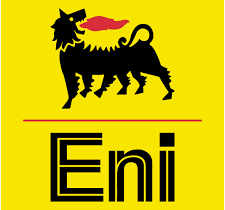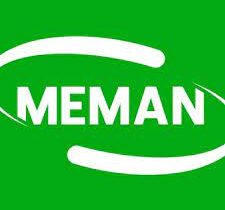
Partnership enhances Chevron’s approach to advancing a lower carbon future
Olusola Bello
Chevron Corporation has announced a pilot project with Project Canary to independently certify operational and environmental performance in the company’s North American upstream region.
“Chevron is focused on delivering reliable, lower-carbon energy to a growing world. We aim to achieve this through innovation, both in our application of technology, and in our approach to how we design and run our operations,” said Steve Green, president, Chevron North America Exploration and Production. “We’re pleased to work with Project Canary to pilot an independent well-by-well certification at five sites, enhancing our ability to demonstrate transparency in how we are lowering methane emissions in our operations.”
Project Canary, a mission-driven B-Corp, will use its comprehensive TrustWell™ Certification program to review and analyze aspects of the environmental and social performance of individual wells and facilities in the Permian Basin of Texas and the DJ Basin of Colorado. Chevron
More than 600 data points within 24 operational categories are included in a Project Canary TrustWell™ analysis. Operators who earn top rankings are determined by Project Canary to utilize the highest standards and practices across their operations.
The companies expect the TrustWell™ certification process to begin in the first half of 2022 and, based on ratings earned during the review process, anticipate being ready to deliver certified Responsibly Sourced Gas (RSG) to market by mid-2022.
“Chevron is a leader in advancing solutions that deliver reliable energy and address U.S. methane emissions. We’re grateful for the opportunity to leverage our ESG technologies to help further advance their business priorities,” Chris Romer, co-founder and CEO of Project Canary, said. “With our rigorous third-party review, measured performance and continuous action, buyers can have confidence that Chevron is delivering responsible lower carbon energy.”
In 2020, Chevron’s U.S. onshore production methane intensity was 85% lower than the U.S. industry average. The company continues to design, construct, and operate facilities with an eye toward limiting fugitive emissions. For example, it has reduced fugitive methane and volatile organic compound emissions in U.S. onshore operations through leak detection and repair, low-/no-emissions pneumatic devices, and centralized production facilities. The company is also expanding its methane detection capabilities to identify the best opportunities to further lower emissions.





